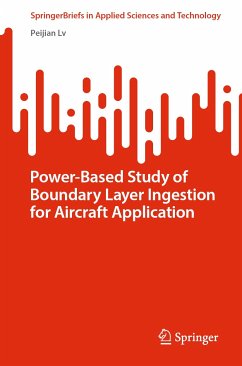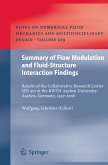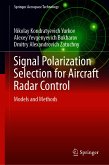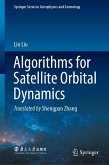This book presents research on Boundary Layer Ingestion (BLI). BLI is an aircraft-engine integration technique that aims at integrating the aircraft and the propulsion system such that the overall aircraft fuel consumption can be reduced. In this research, theoretical analysis suggests that the minimization of total power consumption should be used as a design criterion for aircraft utilizing BLI rather than focusing on the minimization of drag. Numerical simulations are performed, and the simulation results are processed using the PBM to support the theoretical analysis. Furthermore, an experimental study is carried out with a focus on the power conversion processes involved for a propulsor operating in the wake. Stereoscopic PIV is employed in order to visualize the flow and understand the physics. The so-called Power-based Method is used to quantify the power conversion mechanisms. The results prove that the dominant mechanism responsible for the efficiency enhancement is due to theutilization of body wake energy by the wake ingesting propeller. In short, the importance of wake energy flow rate in understanding the BLI phenomenon is highlighted. This book will be useful for researchers in the field of aircraft propulsion, aircraft aerodynamics, and airframe propulsion integration.
Dieser Download kann aus rechtlichen Gründen nur mit Rechnungsadresse in A, B, BG, CY, CZ, D, DK, EW, E, FIN, F, GR, HR, H, IRL, I, LT, L, LR, M, NL, PL, P, R, S, SLO, SK ausgeliefert werden.









